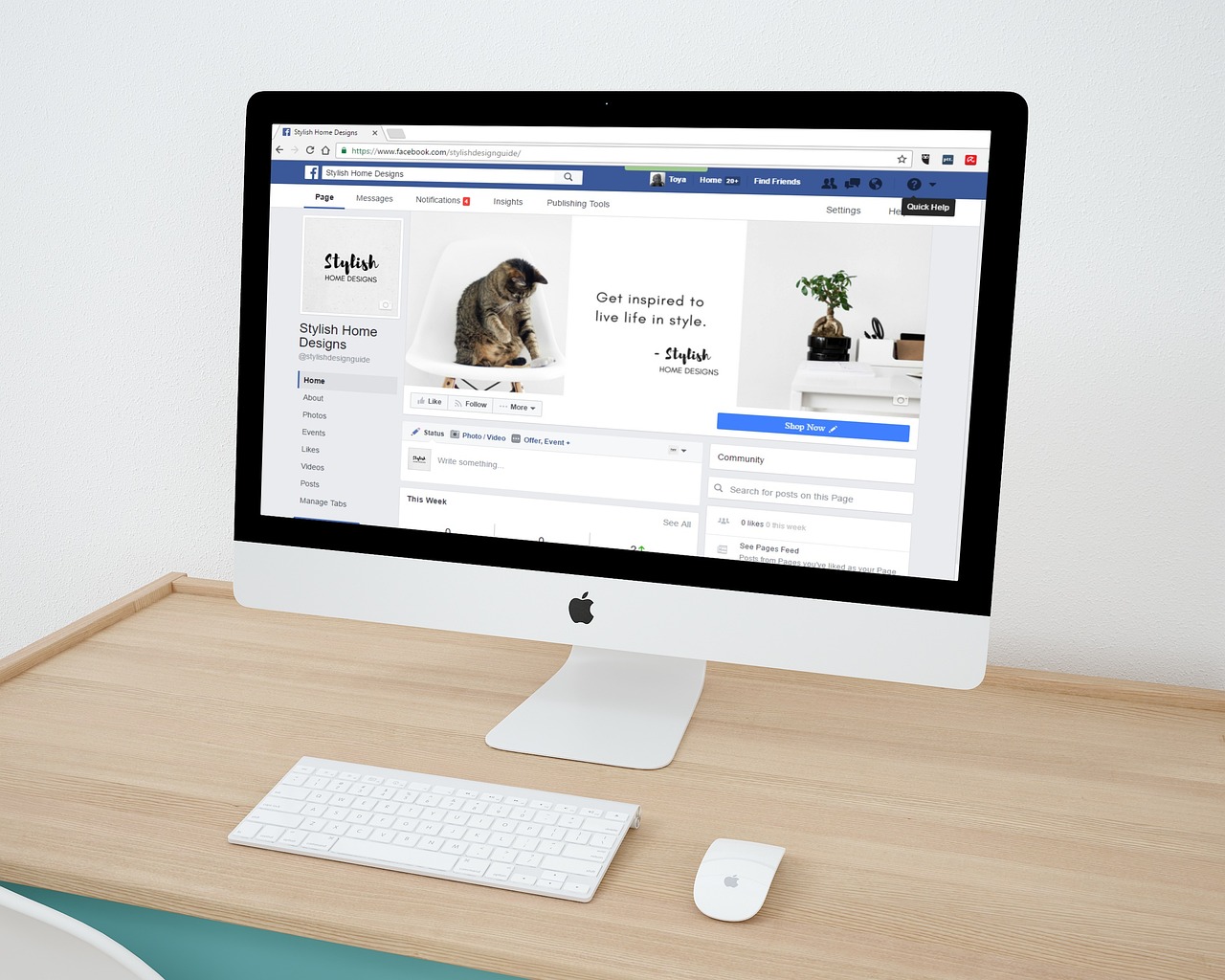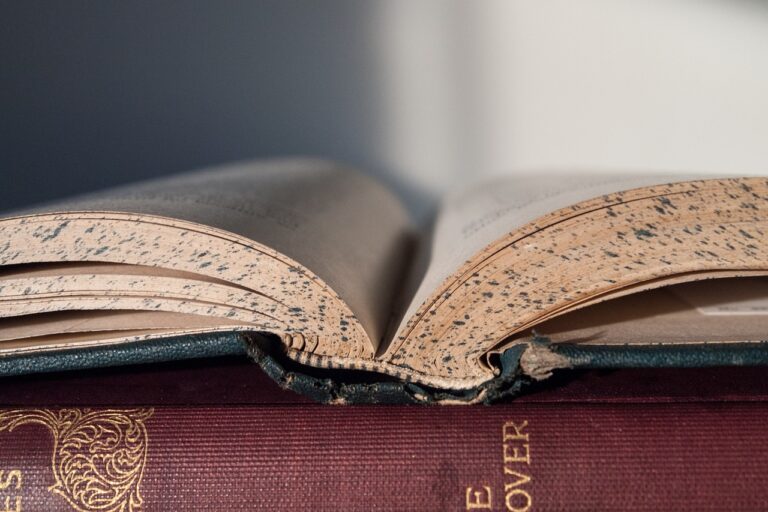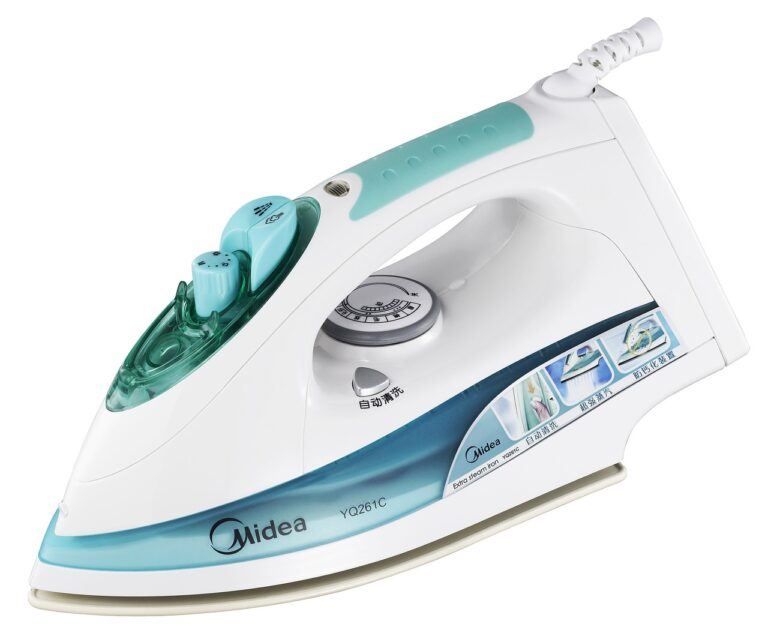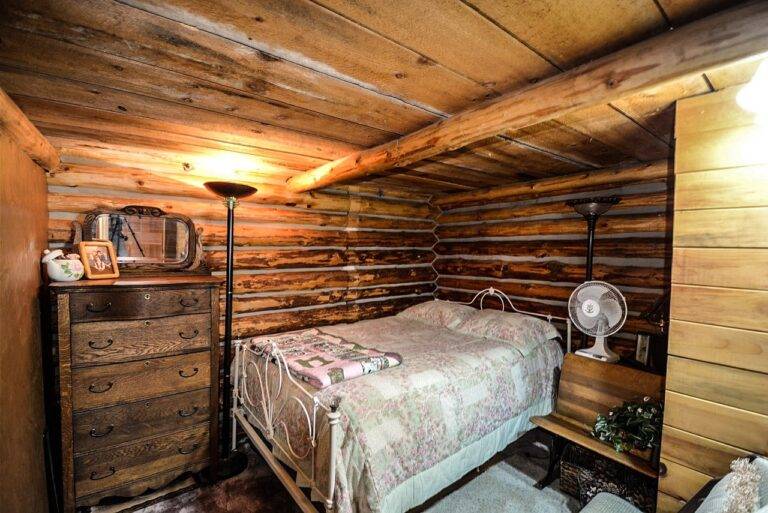The Impact of Water-Saving Fixtures on Sustainable Home Design
Water conservation is a vital aspect of sustainable home design, as it plays a critical role in preserving our planet’s limited water resources. By implementing water-saving practices and technologies in our homes, we can contribute to the collective effort of protecting the environment and ensuring a more sustainable future for generations to come. Conserving water not only helps in reducing our ecological footprint but also leads to long-term cost savings for homeowners through lower water bills and reduced energy consumption associated with water heating and distribution.
Incorporating water-efficient fixtures such as low-flow showerheads, faucets, and toilets can significantly reduce household water usage without compromising on comfort or convenience. Additionally, making simple lifestyle changes like fixing leaky faucets, using dishwashers and washing machines efficiently, and collecting rainwater for outdoor use are effective ways to further promote water conservation in sustainable home design. By prioritizing water conservation in our homes, we can actively contribute to the preservation of this precious resource and create a more sustainable living environment for ourselves and future generations.
The Benefits of Installing Low-Flow Showerheads
Installing low-flow showerheads in your home can significantly reduce water usage and lower your utility bills. These environmentally friendly fixtures are designed to maintain water pressure while using less water overall, making them a cost-effective and sustainable choice for your bathroom.
In addition to saving water and energy, low-flow showerheads can also provide a more comfortable and enjoyable shower experience. Many modern low-flow models are equipped with features that help create a strong and satisfying water flow, mimicking the feel of a traditional high-flow showerhead without the excessive water consumption.
How Dual-Flush Toilets Can Reduce Water Usage
Dual-flush toilets are a modern water-saving innovation that offers users the flexibility to choose between a partial flush for liquid waste and a full flush for solid waste. By using less water for lighter loads, dual-flush toilets can significantly reduce household water consumption. The ability to control the amount of water used per flush makes this fixture an effective tool in conserving water and promoting sustainability in residential settings.
Studies have shown that dual-flush toilets can reduce water usage by up to 67% compared to traditional toilets. With the average person flushing the toilet multiple times a day, the cumulative water savings from switching to a dual-flush system can be substantial over time. By adopting this water-efficient technology in homes, individuals can contribute to water conservation efforts while also benefiting from lower water bills and a more environmentally friendly lifestyle.
• Dual-flush toilets offer users the flexibility to choose between a partial flush for liquid waste and a full flush for solid waste
• Can significantly reduce household water consumption by using less water for lighter loads
• Studies have shown that dual-flush toilets can reduce water usage by up to 67% compared to traditional toilets
• Cumulative water savings from switching to a dual-flush system can be substantial over time, especially with multiple daily toilet flushes
• Adopting this water-efficient technology in homes can contribute to water conservation efforts, lower water bills, and promote sustainability
What is a dual-flush toilet?
A dual-flush toilet is a type of toilet that offers two flushing options: a low-volume flush for liquid waste and a higher-volume flush for solid waste.
How do dual-flush toilets reduce water usage?
By providing the option to use a lower volume flush for liquid waste, dual-flush toilets help conserve water compared to traditional toilets that use the same amount of water for every flush.
How much water can be saved with a dual-flush toilet?
Dual-flush toilets can help save up to 50% more water compared to traditional toilets, leading to significant water savings over time.
Are dual-flush toilets expensive to install?
While the upfront cost of a dual-flush toilet may be slightly higher than a traditional toilet, the long-term water savings can help offset the initial investment.
Are dual-flush toilets easy to use?
Dual-flush toilets are user-friendly and typically have clear markings to indicate which button to press for liquid waste versus solid waste, making them easy for anyone to use.
Can dual-flush toilets be installed in any bathroom?
Yes, dual-flush toilets come in a variety of styles and sizes to fit different bathroom layouts, so they can be easily installed in most bathrooms.







